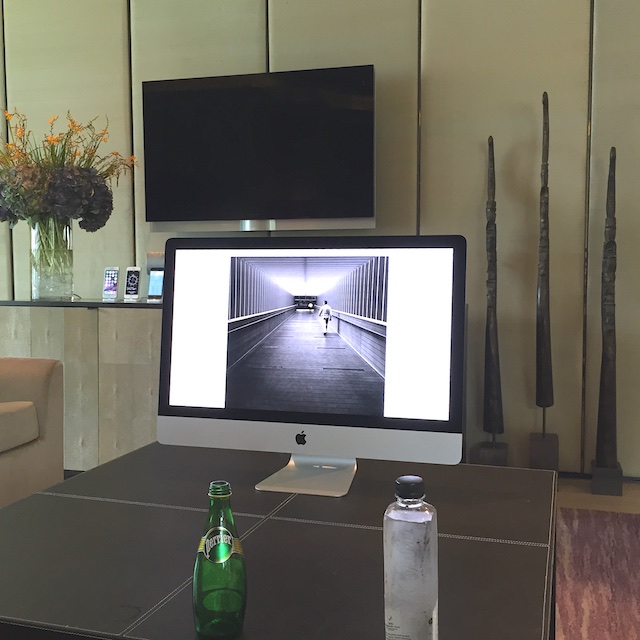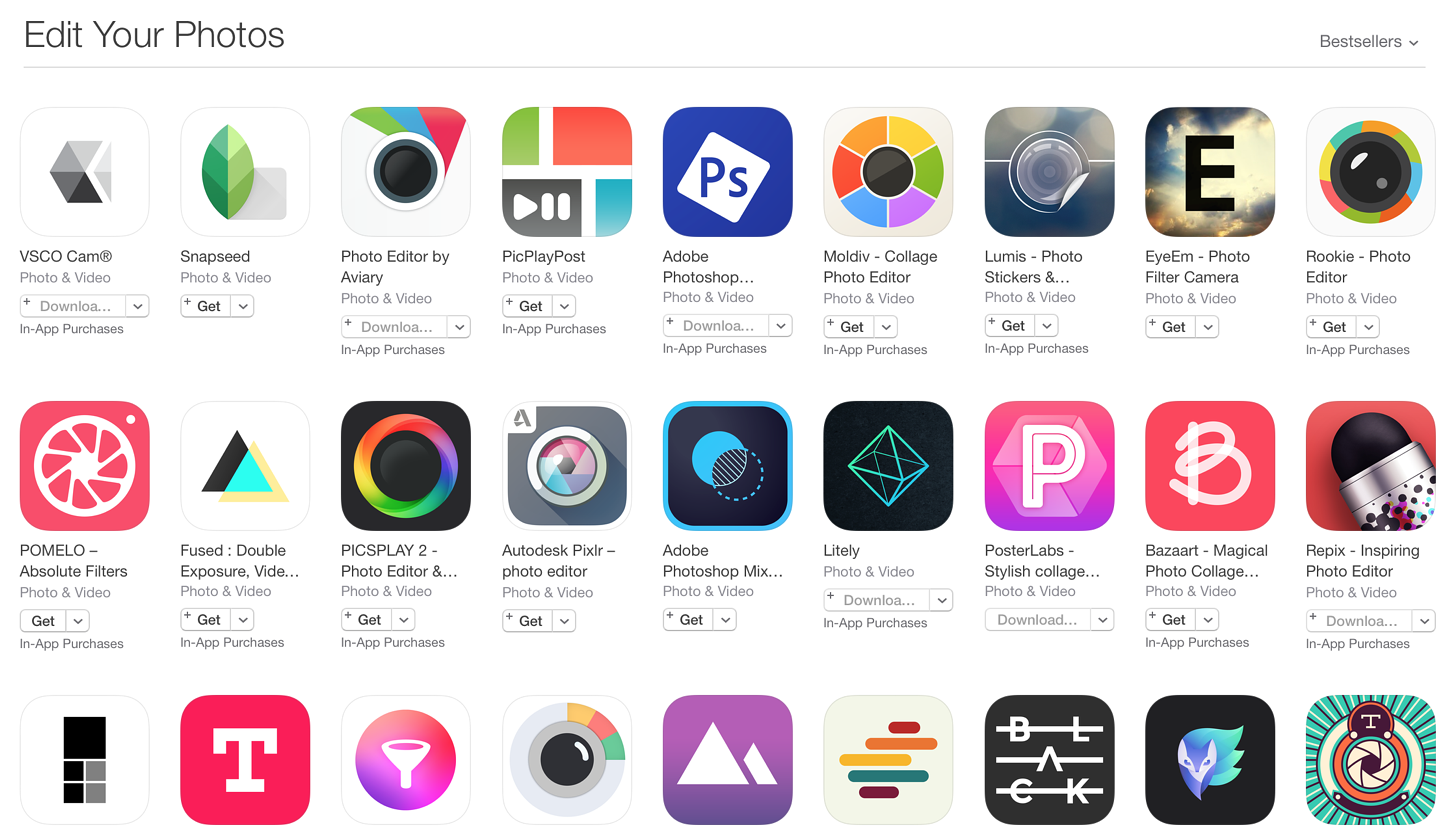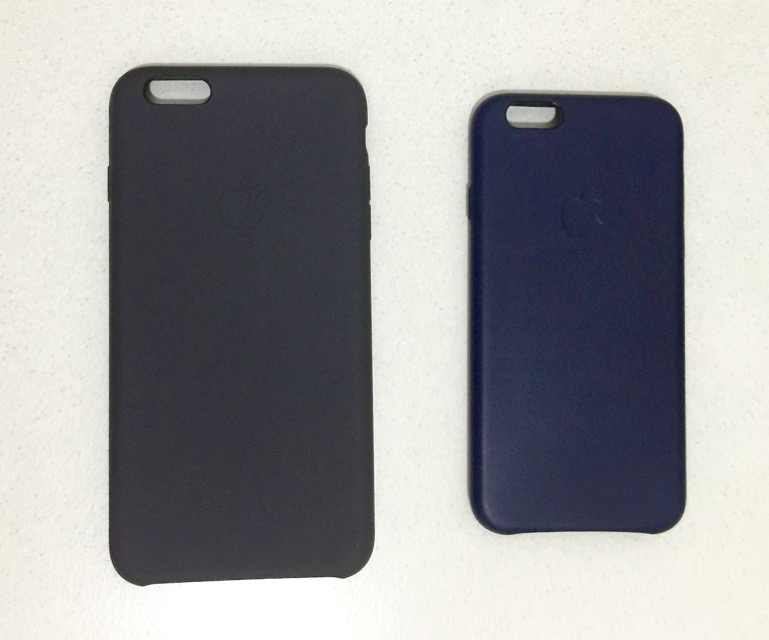Cassandra: iPhone 6 and iPhone 6 Plus - Photographic Tools (Updated link)

AMITIAE - Friday 19 June 2015
|
Cassandra: iPhone 6 and iPhone 6 Plus - Photographic Tools (Updated link) |
 |
|
|
By Graham K. Rogers
At the beginning of 2014, I started writing for the Bangkok Post again, in the Life supplement. I dropped a note to those I knew in Apple and apart from a polite acknowledgement, there was silence. A couple of months ago, I was contacted by Apple in Singapore: some of the links were being remade. This week I attended the first event: a one-on-one workshop held at the Kempinski Hotel where some of the capabilities of the iPhone camera were to be explained. I have been using the iPhone and its photo capabilities ever since the device arrived here. A bit underpowered initially, the features and quality of the camera have improved, until with the iPhone 5 I was happy to leave my Nikon DSLR at home sometimes. With the iPhone 6, the camera was improved even more; and in the couple of hours I spent with the Apple personnel, I was pleased to learn much more about what it (and Photos) could do.
The winning photograph of a street musician playing an accordion in a market square in Warsaw is truly impressive. I find photographs like this (and the others on the IPPA pages) to be inspiring: they make me want to take my cameras out and produce such pictures. Like golf, we must always strive for the great - but often elusive - shot.

The images on the page include not only information about the photographers, but also show which apps were used, along with any accessories (such as the olloclip lenses). A major feature of the images - apart from the composition - is the use of light. The lens on the iPhone 6 has an Infrared filter so blues are nicely enhanced, but that is not the whole story.

A good example is the move to a 64-bit processor: it took others some 12 months to catch up. The A8 not only has the system but also a graphics processor; but there is also an optical image stabilisation system built-in to the iPhone 6 Plus. We also discussed some of the editing capabilities of Photos on the iPhones. While sliding displays are used for adjusting an image easily (Light, Color, B&W). As a user slides the finger across the min-image display under the picture, so the photograph itself changes. This is most effective in the B&W section where the light direction appears to change. This is due to different application of red, green and blue filters: a trick Apple borrowed from Aperture.
I have a fairly large collection of apps, some of which I have used since I had the iPhone 3; but there are apps being released all the time. Apple curates some of these in the app store in its Collections section. This and the other parts of the photography apps like Editor's Choice are regularly updated.

When I set them up later, I used the SIM card out of my own 128 GB iPhone 6: swapping this around while the initiation processes took place. Because of the fiddly nature of the micro-SIMs now used, I dropped the card on the floor. As a result, I discovered that the SIM trays for the iPhones are not the same: the tray will not close if the wrong tray (6 or 6 Plus) is used in the wrong phone. After setting up with my Apple ID for iCloud, I also had to set up for the iTunes store. I use separate IDs; but once this was done, I was able to download photo apps I had already purchased, as well as making the single purchase of Mextures. Apart from iA Writer which synchronises via iCloud, all the apps I installed were for photography and image-editing.

Some of my colleagues, and the iPhone-owning secretary were intrigued by a couple of the features I was able to show them; but I will save these for other articles.
See Also:Printastic: The Proof of the Pudding - A Book Made on the iPhone Arrives
Graham K. Rogers teaches at the Faculty of Engineering, Mahidol University in Thailand where he is also Assistant Dean. He wrote in the Bangkok Post, Database supplement on IT subjects. For the last seven years of Database he wrote a column on Apple and Macs. He is now continuing that in the Bangkok Post supplement, Life. |
|

For further information, e-mail to
Back to
eXtensions
Back to
Home Page